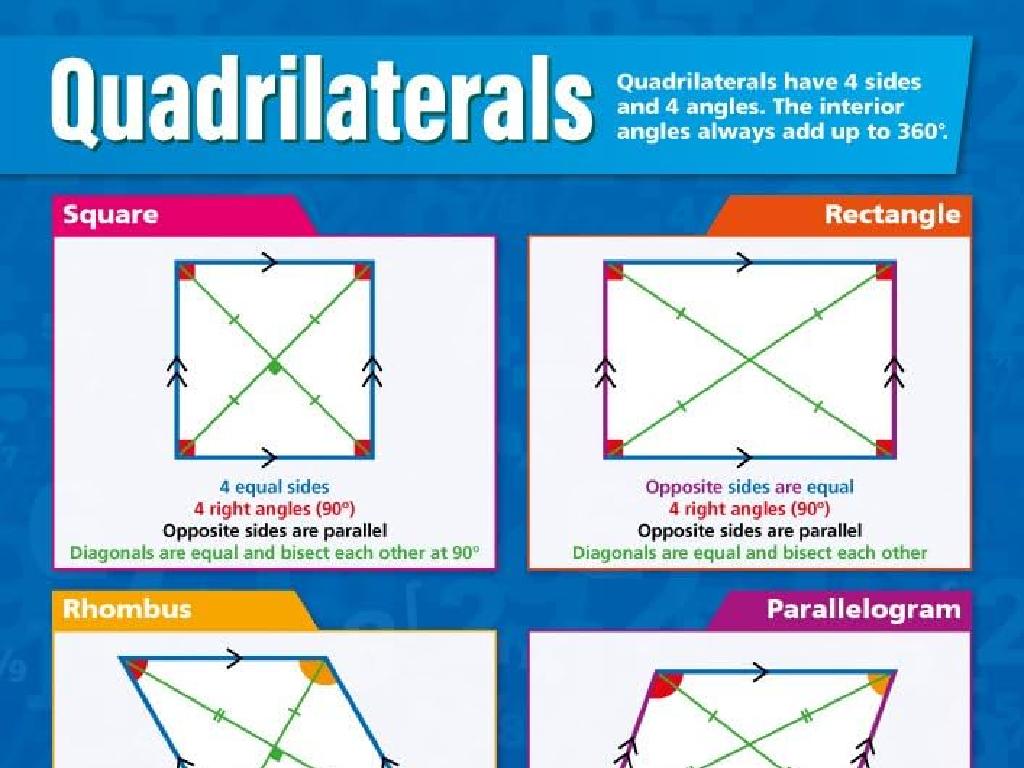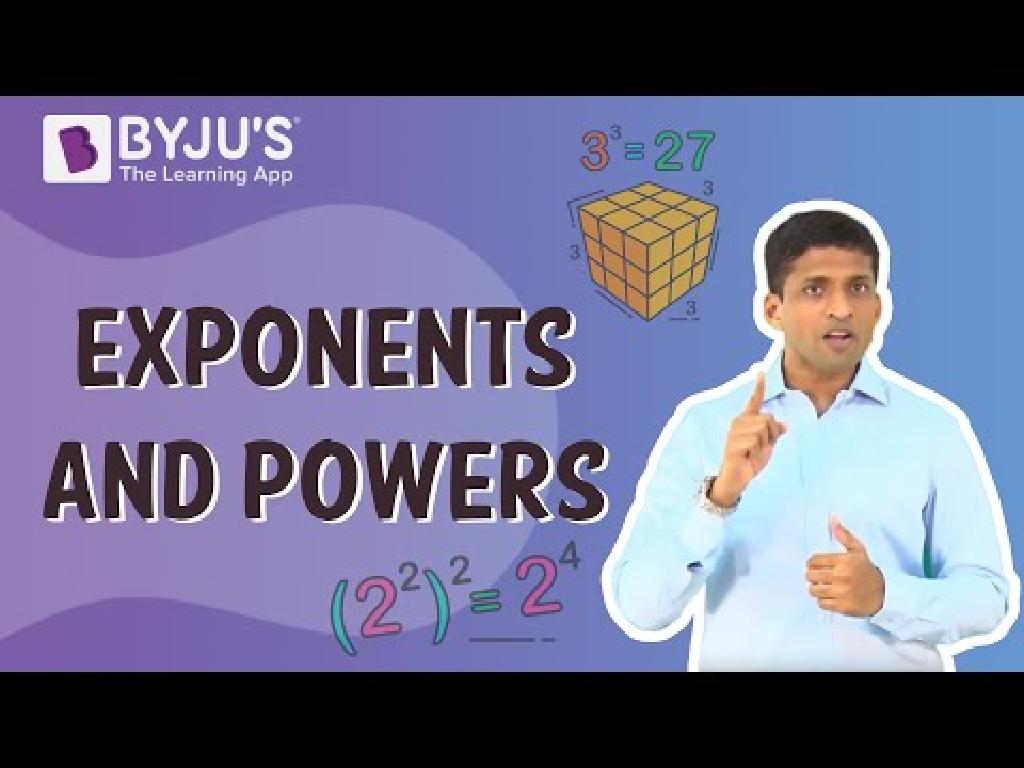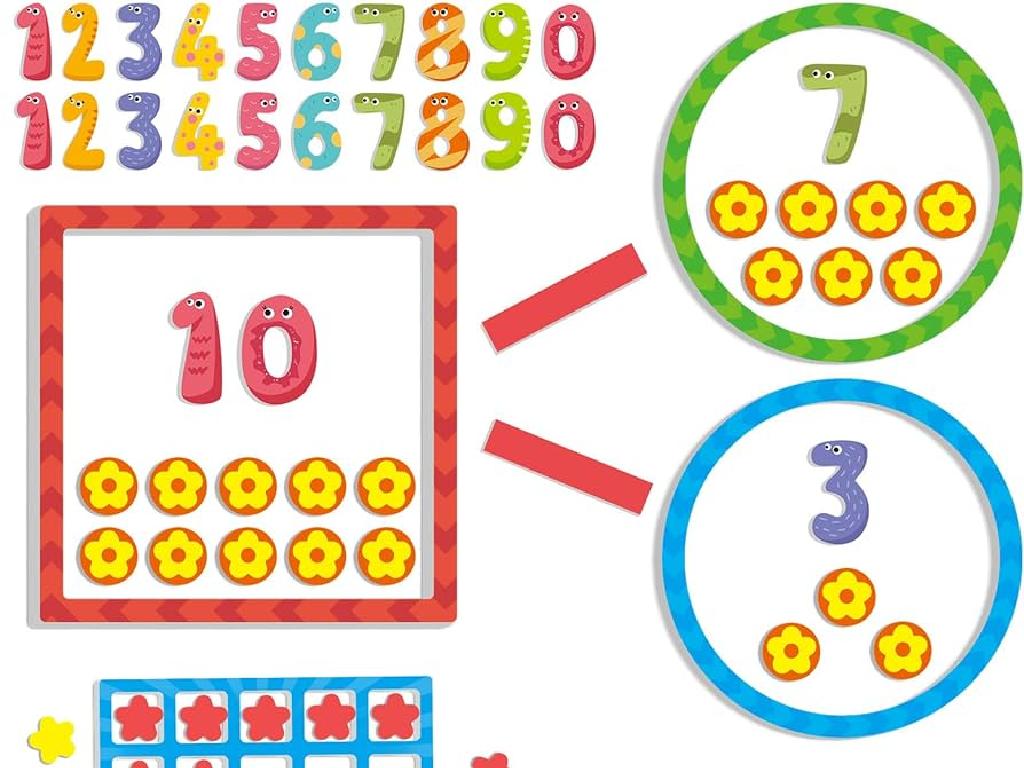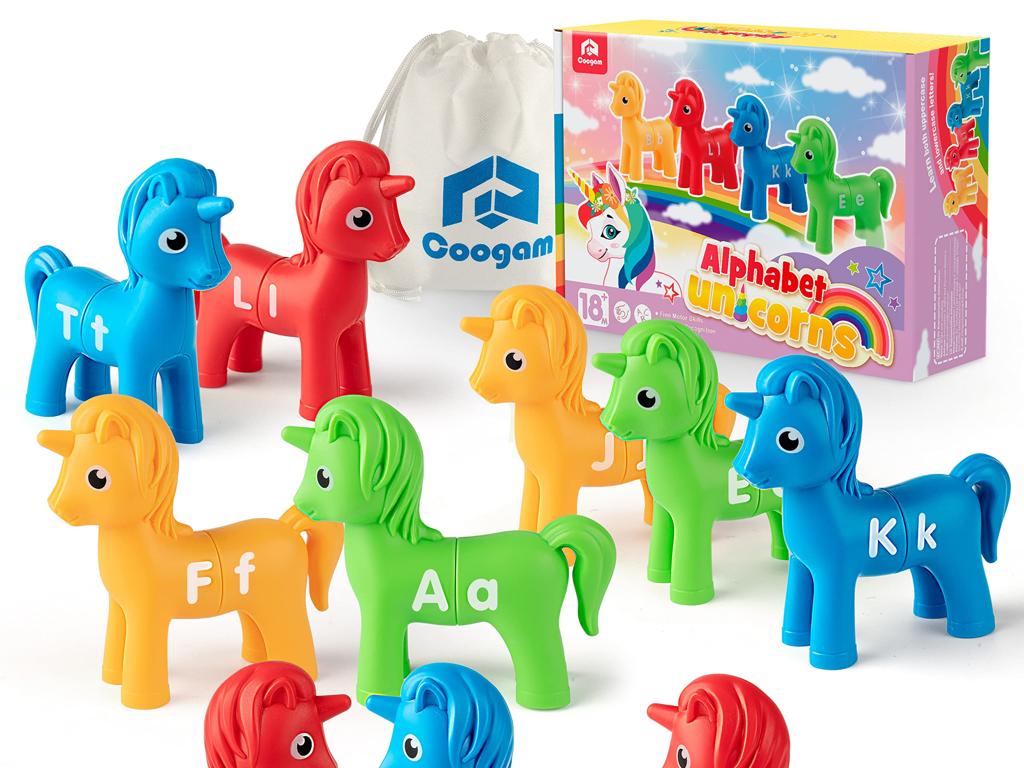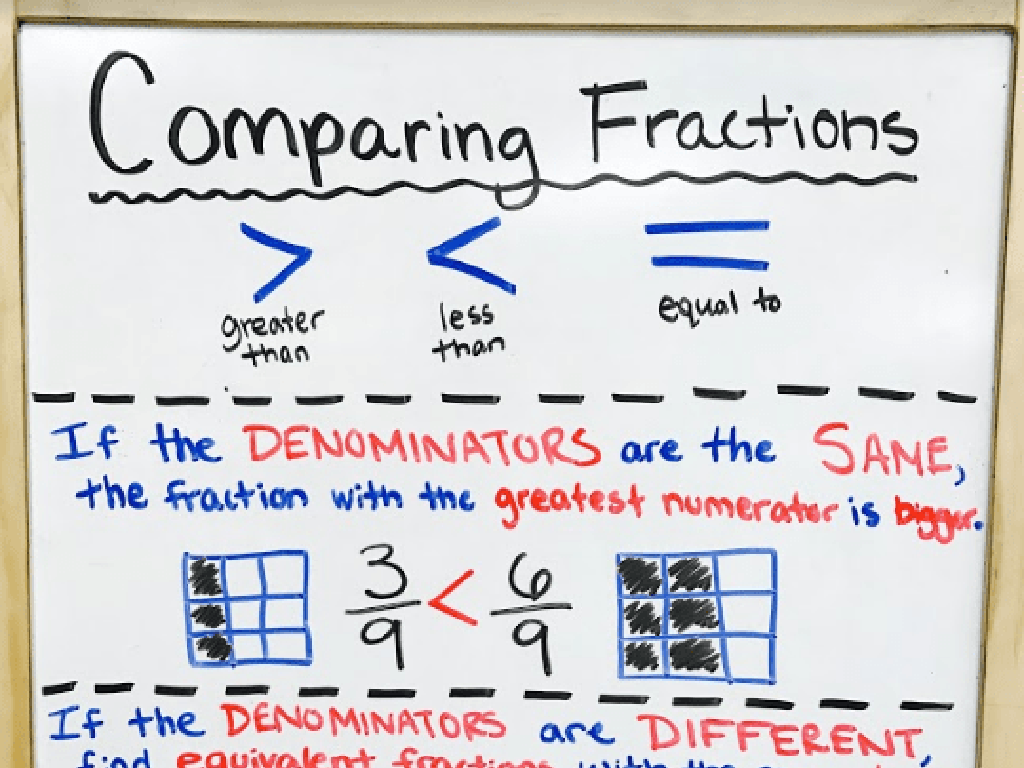Is It A Complete Sentence Or A Run-On?
Subject: Language arts
Grade: Fourth grade
Topic: Sentences, Fragments, And Run-Ons
Please LOG IN to download the presentation. Access is available to registered users only.
View More Content
Complete Sentences vs. Run-Ons
– What defines a complete sentence?
– A complete sentence has a subject, verb, and expresses a complete thought.
– Sentence structure: beginning, middle, end
– Sentences have a clear start, an informative middle, and a concluding end.
– Punctuation’s role in sentences
– Punctuation marks like periods and commas show the end of a thought.
– Recognizing run-on sentences
– Run-ons are sentences that need to be split with proper punctuation.
|
This slide introduces the concept of complete sentences versus run-on sentences. Emphasize that a complete sentence must have a subject and a verb, and it should express a full idea. Discuss how every sentence has a beginning (introduces the subject), a middle (provides information about the subject), and an end (concludes the thought). Highlight the importance of punctuation, such as periods, commas, and semicolons, in clearly separating ideas and preventing run-on sentences. Provide examples of both complete sentences and run-ons for students to identify the differences. Encourage students to practice writing their own sentences and to check for completeness and proper punctuation.
Sentence or Fragment?
– Define sentence fragment
– A fragment is an incomplete sentence that’s missing a subject or verb.
– Examples of fragments
– ‘Running fast in the park.’ It’s missing a subject who is running.
– Fixing a fragment
– Add a subject or verb to complete the thought: ‘The dog was running fast in the park.’
– Practice making sentences
|
This slide introduces the concept of sentence fragments versus complete sentences. A sentence fragment is an incomplete thought that lacks either a subject, a verb, or both. It cannot stand alone as a sentence. Provide clear examples of fragments and demonstrate how to turn them into complete sentences by adding the missing elements. Encourage students to identify fragments in their reading and practice creating complete sentences from fragments as a class activity. This will help them understand sentence structure and improve their writing skills.
Understanding Run-on Sentences
– What is a run-on sentence?
– A run-on sentence has two or more ideas without proper punctuation.
– Examples of run-on sentences
– ‘I love to write I write all day.’ This sentence needs a conjunction or period.
– Effects of run-on sentences
– They make it hard to understand where one thought ends and another begins.
– How to spot and fix them
– Look for sentences that seem too long or have too many ideas.
|
This slide aims to help students identify run-on sentences and understand why they can be problematic. A run-on sentence is essentially two or more sentences squished together without the correct punctuation or conjunctions. This can make the sentence confusing and difficult to read. Provide students with clear examples of run-on sentences and compare them with correctly punctuated sentences. Discuss how run-on sentences can be fixed by adding periods, commas, or conjunctions to separate the ideas. Encourage students to practice identifying run-on sentences in their writing and to correct them.
Fixing Run-on Sentences
– Use punctuation to stop run-ons
– Periods and commas with conjunctions can fix run-ons. For example, ‘I like to swim I like to climb.’ can be fixed by adding a period or a comma and a conjunction: ‘I like to swim. I like to climb.’ or ‘I like to swim, and I like to climb.’
– Let’s practice correcting run-ons
– We will correct sentences together to learn how to spot and fix run-ons.
– Conjunctions connect sentences
– Words like ‘and’, ‘but’, and ‘or’ join sentences together to make them clear.
– Why conjunctions are important
|
This slide aims to teach students how to identify and correct run-on sentences. Begin by explaining that run-on sentences are made up of two or more sentences that are incorrectly joined together. Show them how using punctuation, like periods or commas with conjunctions (and, but, or), can separate the ideas into clear, complete sentences. Engage the class with practice exercises where they work together to correct run-on sentences. Emphasize the role of conjunctions in connecting sentences properly and how they help in making our writing more readable. Provide plenty of examples and encourage students to come up with their own sentences to apply what they’ve learned.
Let’s Practice: Complete Sentences vs. Run-Ons
– Identify sentence types on the board
– Pair up for worksheet activity
– Work with a classmate to find and fix errors
– Correct run-on sentences together
– Use a period or conjunction to fix run-ons
– Share corrections with the class
|
This slide is for a class activity focused on distinguishing between complete sentences and run-on sentences. Begin by presenting sentences on the board and asking students to identify whether each is complete or a run-on. Then, have students pair up to work on a worksheet with run-on sentences that they need to correct. Encourage them to discuss and decide where to add periods or conjunctions to separate ideas properly. After the activity, ask pairs to share their corrected sentences with the class. This will help reinforce their understanding and provide an opportunity for peer learning. As a teacher, circulate the room to offer guidance and ensure that each pair understands the concept. Possible activities for different pairs could include correcting sentences from a story, creating their own run-on sentences to correct, or even identifying run-ons in a paragraph.
Class Activity: Sentence Scavenger Hunt
– Find complete sentences in a book
– Spot run-on sentences too
– Use sticky notes to mark them
– This will help us remember where they are
– We’ll discuss your findings
– Sharing helps us learn from each other
|
This interactive class activity is designed to help students identify complete sentences and run-on sentences within the context of their favorite books. Provide students with sticky notes and ask them to mark examples of complete sentences and run-on sentences as they read. Encourage them to look for sentences that express a complete thought with proper punctuation and run-ons that improperly combine multiple thoughts. Once they have collected their examples, we will review them together in class, discussing why each example is a complete sentence or a run-on. This will reinforce their understanding of sentence structure and the importance of punctuation. Prepare to facilitate the discussion by asking guiding questions and providing feedback on their findings.
Wrapping Up: Complete Sentences vs. Run-ons
– Recap: What’s a complete sentence?
– Subject + verb + complete thought.
– Complete vs. Run-on sentences
– Run-ons have too many ideas without proper punctuation.
– Homework: Craft 5 complete sentences
– Homework: Fix 3 run-on sentences
– Take run-ons and break them into proper sentences.
|
As we conclude today’s lesson, remind students that a complete sentence must have a subject, a verb, and express a complete thought. Contrast this with run-on sentences, which improperly combine too many ideas without correct punctuation or conjunctions. For homework, students will apply what they’ve learned by writing five original complete sentences. They will also practice identifying and correcting run-on sentences, turning them into complete sentences. This exercise will reinforce their understanding of sentence structure and the importance of clarity in writing.

